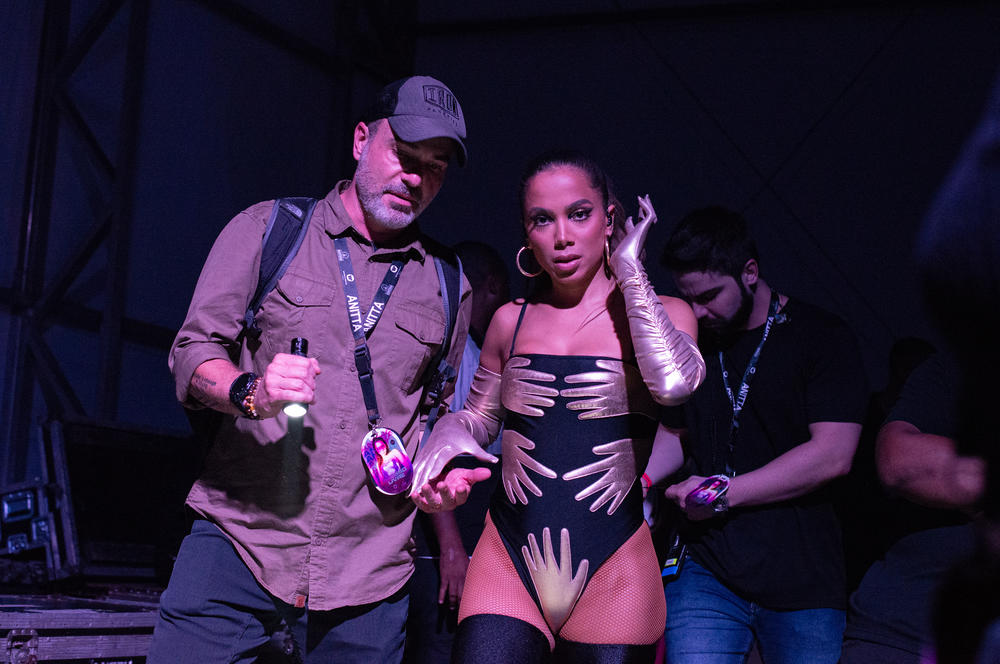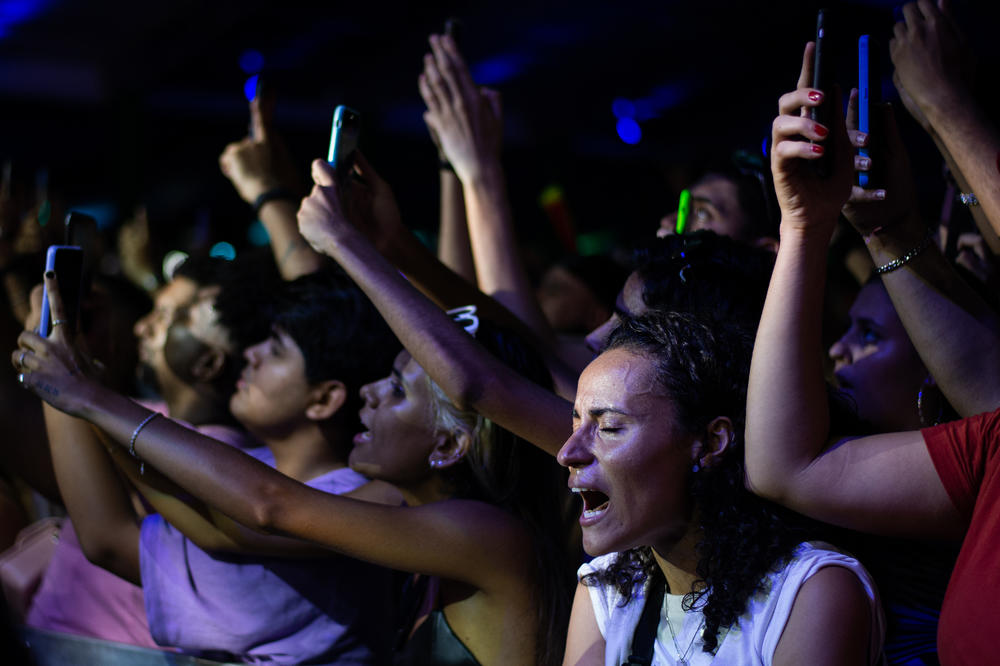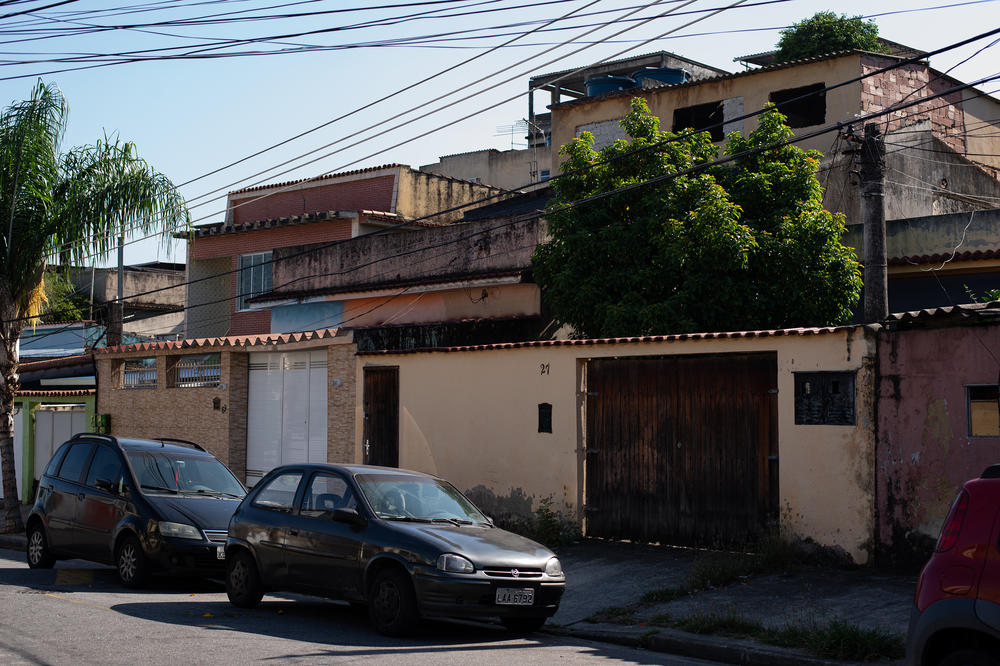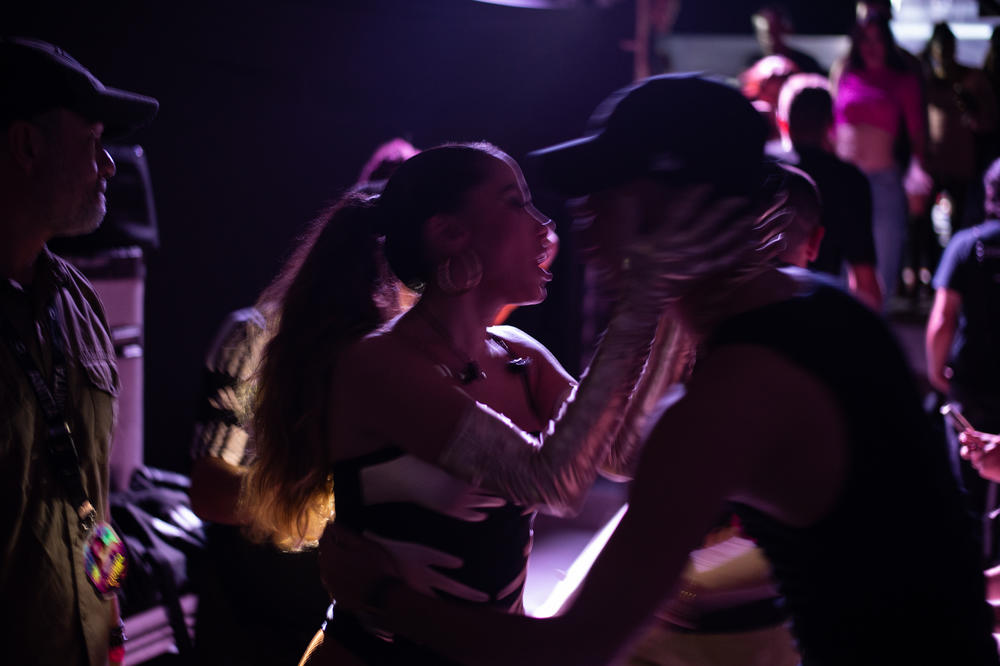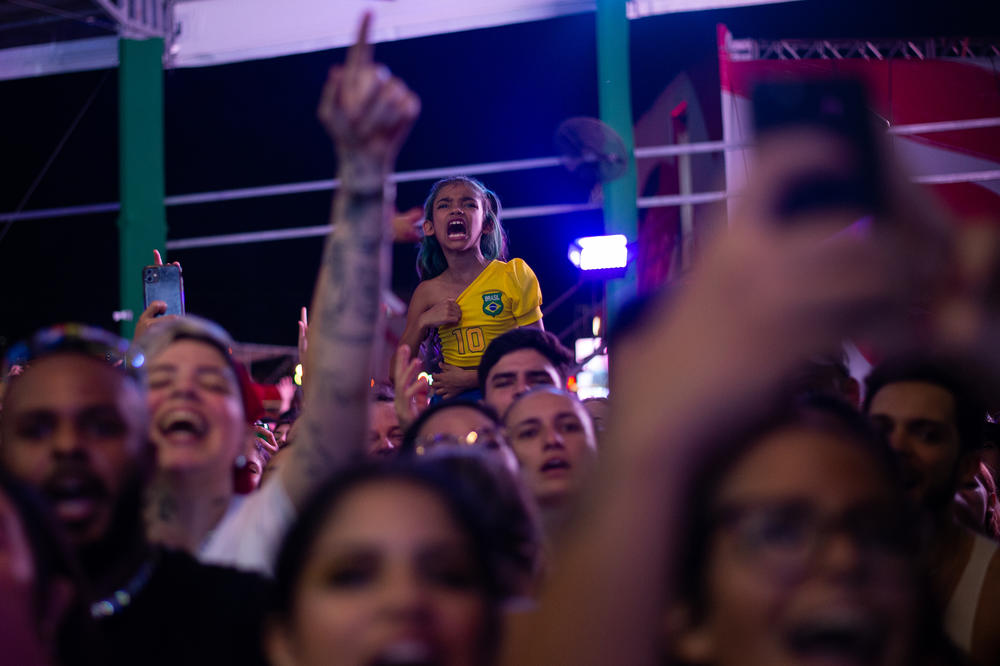Section Branding
Header Content
How Anitta, the 'Girl from Rio,' went global
Primary Content
RIO DE JANEIRO, Brazil — Brazilian singer Anitta calls herself the "Girl from Rio." Her blend of local funk and pop is taking her far beyond her hometown, recently grabbing her a Grammy nomination for Best New Artist. She's one of the most popular music artists to come out of Brazil in decades.
This year Anitta dropped her fifth studio album, Versions of Me, singing in her native Portuguese, as well as Spanish and English. The single "Envolver," along with its hip-grinding video, became a hit on social media and topped Spotify's global daily chart — a first for a solo Latin female artist.
She has also been collaborating with superstars, from Madonna to Snoop Dogg and J Balvin. And she is donning covers of magazines from international versions of Vogue to The Wall Street Journal, which named her its Music Innovator of 2022.
Anitta sat down with NPR at her home in one of west Rio de Janeiro's exclusive gated communities earlier this month.
She said she doesn't get hung up on numbers and is just enjoying it all. She knew early on in her career that to go global she couldn't sing solely in Portuguese.
More languages, bigger stages
Anitta acknowledges it can be tough for Brazilian artists to make the international leap.
"You need to give up all the things that you have in Brazil to go to another market and learn Spanish, then learn English — I did also in Italian and French. So it's a completely different world," she says.
Anitta has jumped between different worlds before: She didn't grow up along Rio's upscale beaches. Nearly an hour's drive from her current residence is the neighborhood where she was raised, Honório Gurgel. Walls covered in graffiti line potholed streets. Barking dogs, salesmen hawking wares and men scouring for scrap metal provide a continuous open-air score.
Funk in the favelas
There, in her old neighborhood, most folks know Anitta by her given name, Larissa de Macedo Machado. She was the young girl who sang alongside her grandfather in a local church.
As a teen, she broke into a local style of vibrant dance music popular in the working-class areas of Rio, known as funk carioca or favela funk.
On a recent morning in Honório Gurgel, as people were heading into Mass at the church down the hill from their childhood home, one parishioner told NPR that since the days that Anitta sang there, she had "gone a different way."
He was apparently alluding to her venturing into the world of Brazilian funk, whose pumping beats came to life in the late 1980s, drawing from various genres like Miami bass, hip hop, samba and other Latin American and African styles. By the 1990s it had been made a local art form.
Around that time, Brazilian authorities also began to crack down on funk, linking it to drug use, crime and sexual immorality. There have been multiple attempts to ban funk, even as recently as 2017.
But Anitta defends the genre: Funk is what was available to teenagers in the favelas, and she resents its stigmatization. "People were just singing their reality. So, for you to change whatever we were singing ... you need to change our reality first," she says.
When funk goes pop
Anitta infused pop into her funk not to water it down, she says, but to get it on the radio, and gain broader recognition and respect for the genre and other Brazilian artists.
Brazilian producer and artist Wallace Vianna wholeheartedly agrees. Having collaborated with Anitta on several songs, he tells NPR she always brings along local beats but "she loves those bubblegum melodies," too.
But her work hasn't come without critiques.
She shrugs off criticism about her hip-grinding videos and provocative outfits which she admits have grabbed headlines. "I use the stereotypes to call the attention. ... I really use them full but then when I get the attention, I just break it completely — I like doing that," she says.
You can see that in the video of her hit "Girl from Rio," where she celebrates people of all sizes, shapes and colors. But then celebrates her love of plastic surgery. The cover of the album Versions of Me shows off an array of her ever-changing head shots.
Her fans, like 20-year-old Gabriel da Costa, love those contradictions. "She reinvents herself all the time," he says. "She came from nothing and has conquered the world."
To hear more of this story, use the audio player at the top of this page, and click on the Instagram video below.
Copyright 2022 NPR. To see more, visit https://www.npr.org.

